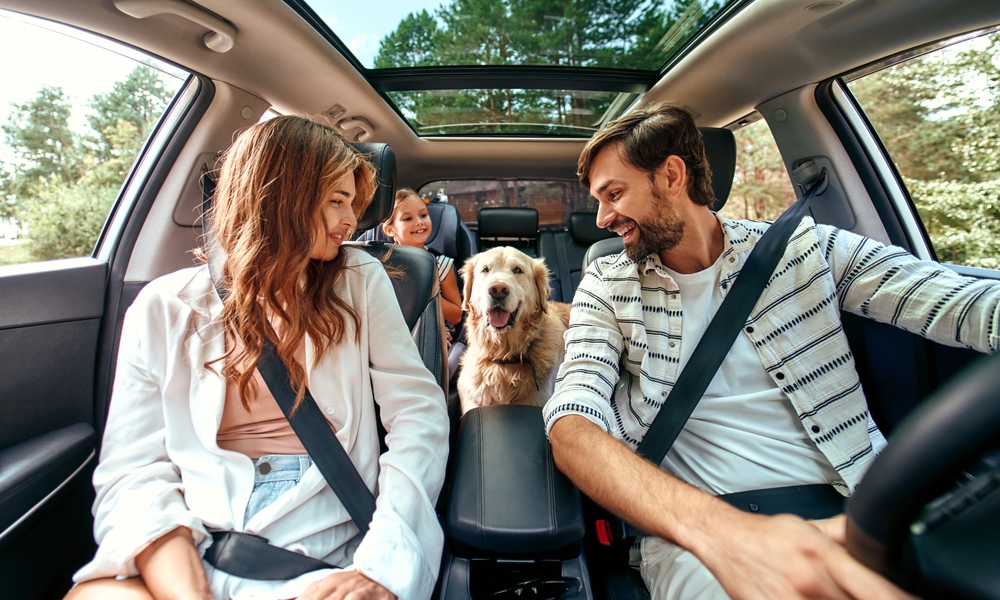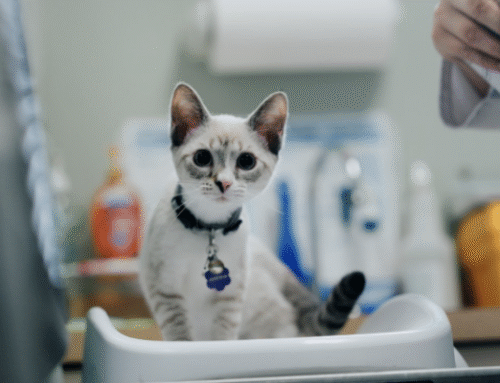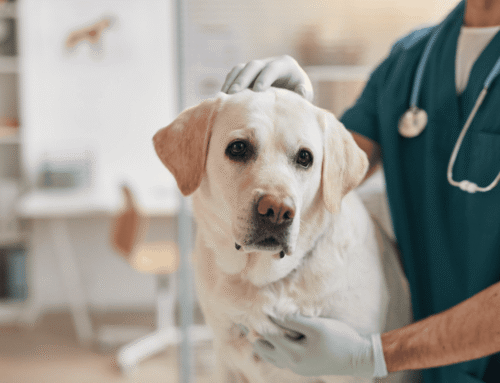When you are heading out on a trip, you may want your four-legged friend to experience the adventure at your side. Traveling with your pet can be great fun, but also stressful, particularly if you are unprepared to hit the road or take to the skies with your cat or dog. However, you can eliminate much of the worry associated with traveling with a furry companion with some advanced planning.
General traveling safety tips for pets
No matter your transportation mode, keep these few key tips in mind to ensure your pet’s safety. Before heading out on your trip, ensure you:
- Verify your pet’s identification — Closely check your pet’s collar ID tags for correct contact information, legibility, and wear and tear signs that mean they are likely to fall off the collar. Also, update your contact information associated with your pet’s microchip, if needed, to help guarantee a safe and happy reunion.
- Schedule a health checkup — Before any trip, no matter how short, ensure your pet is in good health and up for adventure. Schedule a veterinary physical exam to check your pet’s health, and to refill any prescriptions before traveling.
- Pack your pet’s bags — Pack all the essentials to avoid running out and being unable to find more of your pet’s regular food or favorite treats. Include your pet’s prescription, a copy of their medical records, bedding, an appropriately sized crate or carrier, and a spare collar and leash. In case of travel issues, pack a few extra days’ worth of supplies.
- Exercise your pet before leaving — A tired pet is more likely to relax and sleep during the journey, so burn off as much of your furry pal’s energy as possible before confining them to their traveling crate or the vehicle for the trip.
- Secure pet-friendly lodgings — Ensure the lodgings you booked at your destination and along your route are pet-friendly, and that you know about any size or breed restrictions.
Plane travel safety tips for pets
Traveling by air can unsettle pets, and some pets are better off traveling by land. If your pet is obese, has a flattened muzzle, or suffers from a cardiac or respiratory condition, verify first with our veterinarian that they are healthy enough to fly. When traveling by plane with your pet, ensure you:
- Check airline restrictions — Airlines typically have numerous restrictions about pets who can fly, such as their weight, size, breed, and age. Before booking your plane ticket, also ensure your pet can travel with you.
- Book a direct flight — Book a flight without layovers, because you want to minimize the time your pet spends in a travel crate and avoid the potential for lost “luggage.”
- Obtain a health certificate — Airlines require that pets have a health certificate that generally must be obtained within 10 days of travel, so plan ahead and schedule your pet’s exam accordingly.
- Label your pet’s crate — Tag your pet’s crate with several of your contact information labels, in case a digit or two in your phone number becomes illegible, a tag falls off, or a sticker wears away.
International travel tips for pets
Many countries have strict entrance requirements for pets. Some destinations require extensive paperwork, pre-travel exams, blood work, and pre-and post-travel quarantine periods to ensure animals do not carry infectious diseases into their country. The process must be started weeks, if not months, ahead of your travel date, so it is important to research the requirements of the country you will enter. Additionally, we recommend that you work with a certified pet travel company, who can help you understand the process and what needs to be done.
Car travel safety tips for pets
Traveling by car with your pet has more freedom and flexibility, but also takes longer to reach your destination. However, a road trip may be more your pet’s speed and better match their health, exercise, and behavior needs. Before telling your pet, “Time to go for a car ride,” check out the following car travel safety tips:
- Never leave your pet alone in a parked vehicle — Regardless of how mild the temperature feels outside, you should never leave your pet alone in a parked vehicle, especially with the vehicle still running. Various accidents can occur if your pet rolls down the window, turns on the heat, or knocks the gear shifter out of place.
- Take frequent pit stops — The car can quickly feel cramped for your furry pal, so stop frequently to let them stretch their legs and use the bathroom. Travel with disposable litter trays for your cat, and let them explore the car for at least 15 uninterrupted minutes so they will find and use the travel version of their litter box.
- Pack an emergency kit — You never know what issues you might run into while driving, so stash emergency gear, including a pet first aid kit, in your car.
Traveling with your four-legged friend by your side can form wonderful lifelong memories, but can be stressful without proper preparation. Ensure your pet is ready for adventure by scheduling a health checkup with our Safe Harbor Animal Hospital team.









Leave A Comment